Tree Seedling Distribution Program Species Selection Guide
Evergreen Trees
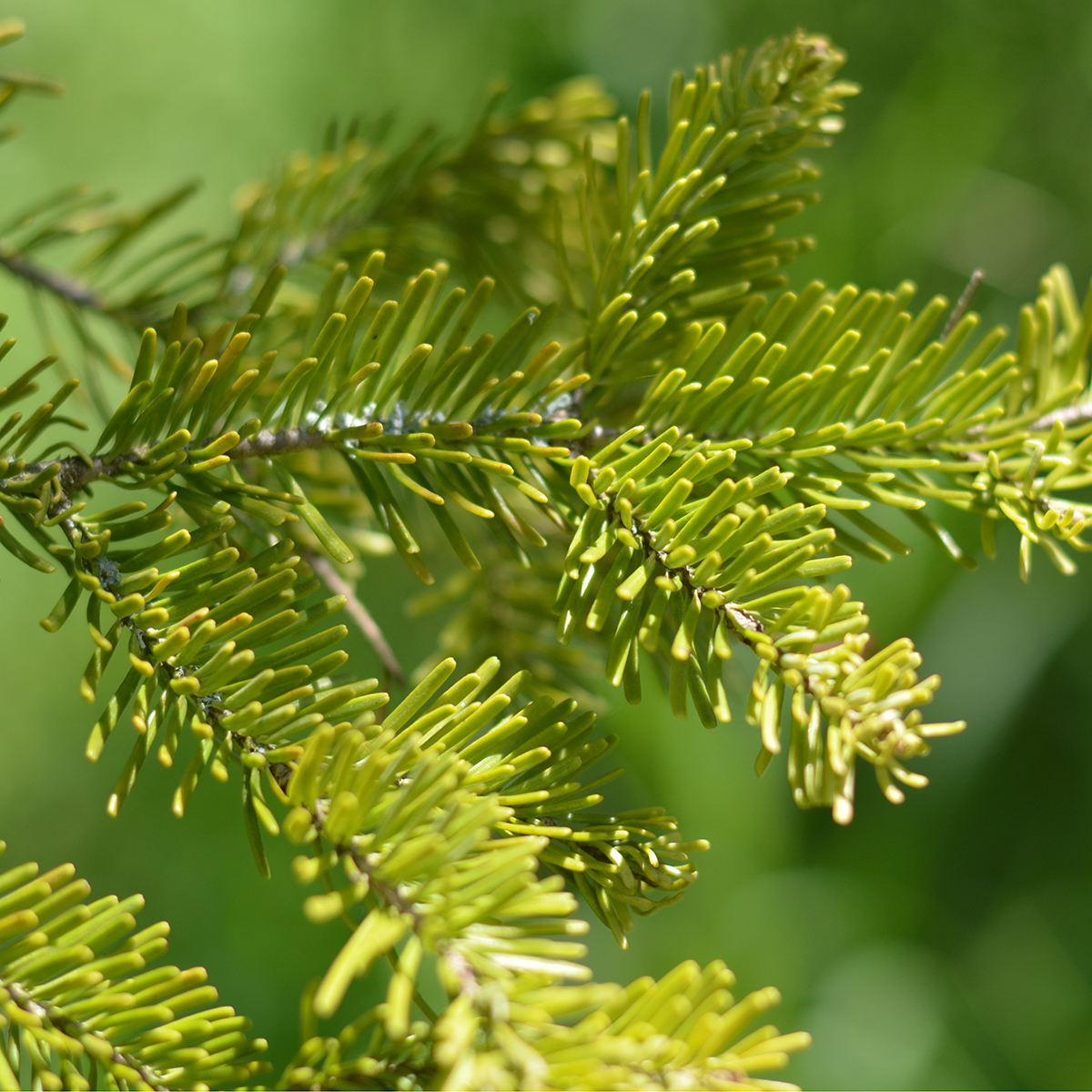
Balsam Fir (Abies balsamea)
Will tolerate a wide range of soils, but requires moist soils. Used as a Christmas tree. Will tolerate some shade.
Ontario.ca information on Balsam Fir
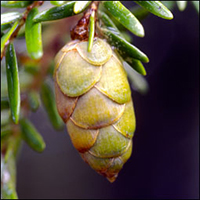
Hemlock (Tsuga canadensis)
Grows best in moist to very moist soils with good drainage. Provides food and cover for wildlife; also used as an ornamental tree. Shade tolerant. Slow growing but long lived tree. Download OMNR’s Eastern Hemlock Extension Note for more species information Ontario.ca information on Eastern Hemlock
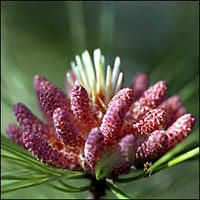
Red Pine (Pinus resinosa)
Tolerates a variety of soil moisture levels; can tolerate poor, rocky and sandy soil. Avoid poorly drained soils. Prefers full sun. Deep, spreading root system. Moderate growth rate. Used for reforestation.
Ontario.ca information on Red Pine
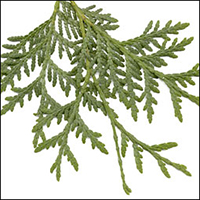
White Cedar (Thuja occidentalis)
Will tolerate a wide range of soils, from moderately dry to very moist conditions. Avoid very dry sites. Used for windbreaks. Will tolerate some shade. Slow growing.
Download OMNR’s Eastern White Cedar Extension Note for more species information
Ontario.ca information on Eastern White Cedar
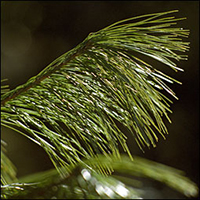
White Pine (Pinus strobus)
Average to moist, well-drained sands or clay/loam soils. Avoid extremely dry or exposed sites. Used primarily for reforestation. Will tolerate some shade. Moderate growth rate.
Download OMNR’s White Pine Extension Note for more species information
Ontario.ca information on Eastern White Pine
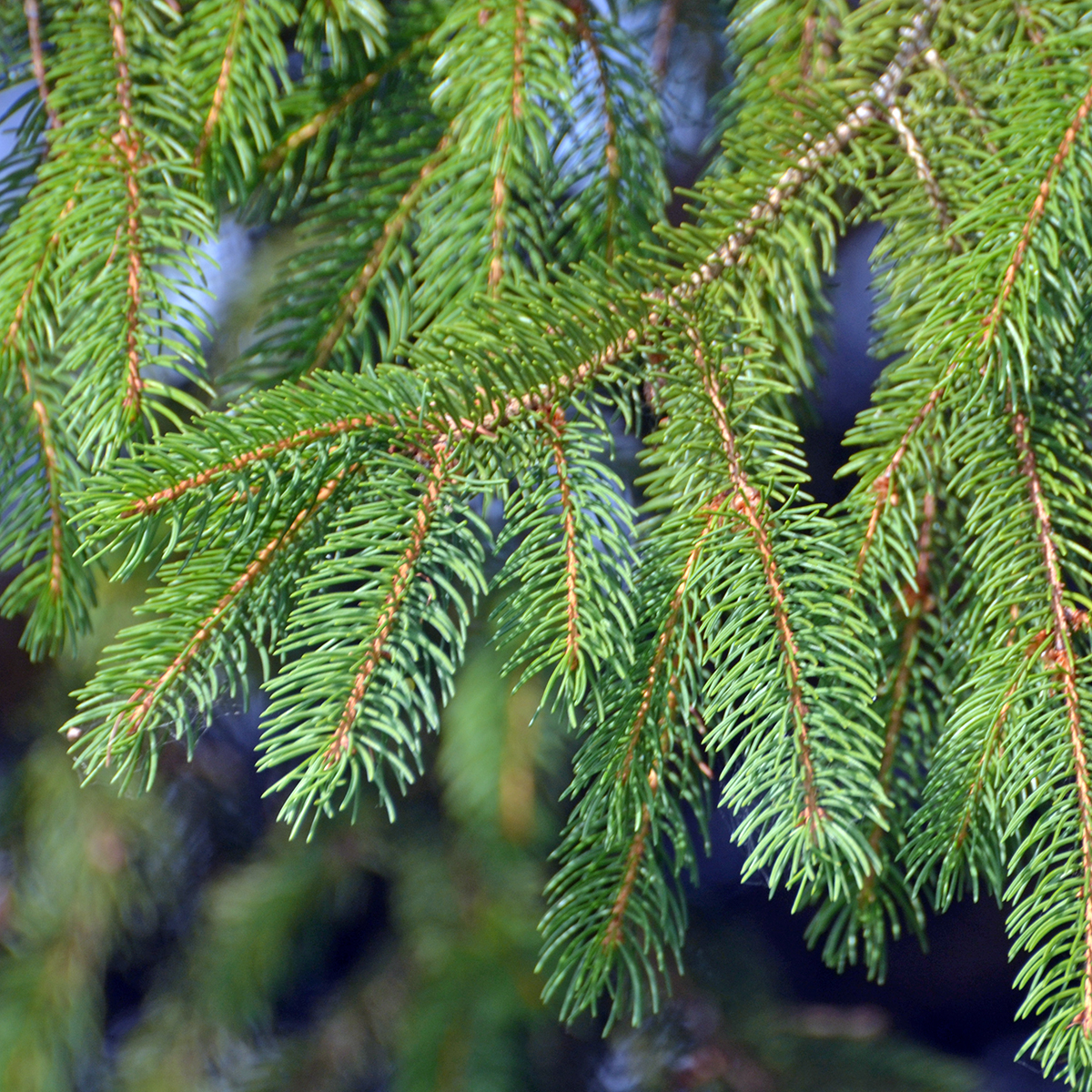
White Spruce (Picea glauca)
Average to moist sands, sandy loams, clay loams or well-drained clay soils. Avoid very dry or very wet sites. Used for reforestation, shelterbelts and windbreaks. Will tolerate some shade. Moderate growth rate.
Download OMNR’s White Spruce Extension Note for more species information
Ontario.ca information on White Spruce
Deciduous Trees
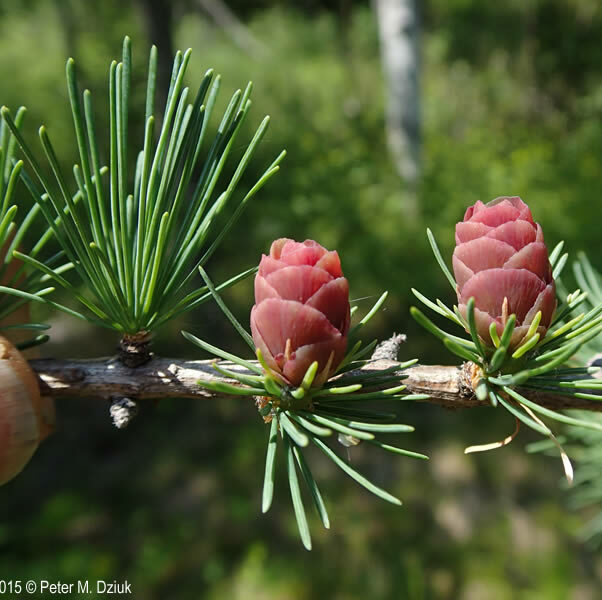
Tamarack (Larix laricina)
Moist, well-drained soils; often grows in or near wetlands. Intolerant of shade. Fast growing tree.
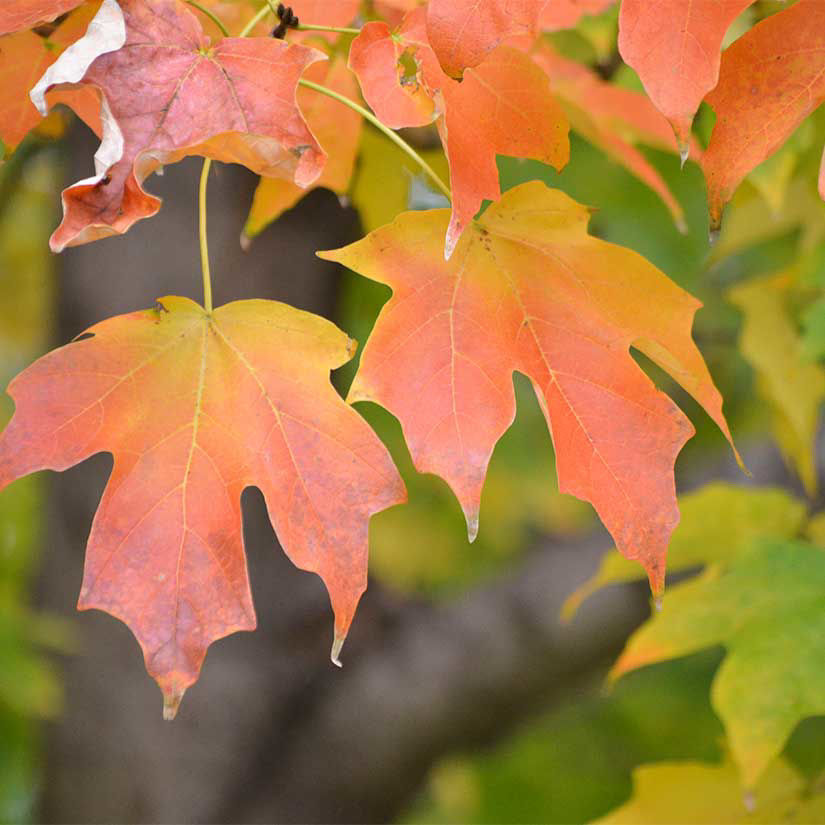
Sugar Maple (Acer saccharum)
Will tolerate a wide range of soils, but grows best on deep, moist, and well drained soils. Provides food and cover for wildlife. Will tolerate shade.
Download OMNR’s Sugar Maple Extension Note for more species information
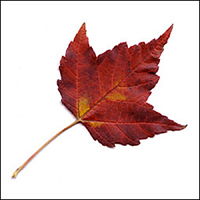
Red/Silver Maple Hybrid
Red/Silver Maple Hybrid (Acer rubrum x saccharinum or Acer x freemanii) – Red Maple and Silver Maple cross-breed naturally in the wild; the hybrid has traits of both species. Often found in wet areas, but will also grow well in dry soils. Roots can spread widely, so ensure it has plenty of room to grow.
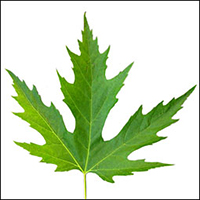
Silver Maple (Acer saccharinum)
Most deep soils including silts or clays found along watercourses. Used for restoration projects along watercourses. Fast growing. Will tolerate some shade. Do not plant near or on septic beds.
Ontario.ca information on Silver Maple
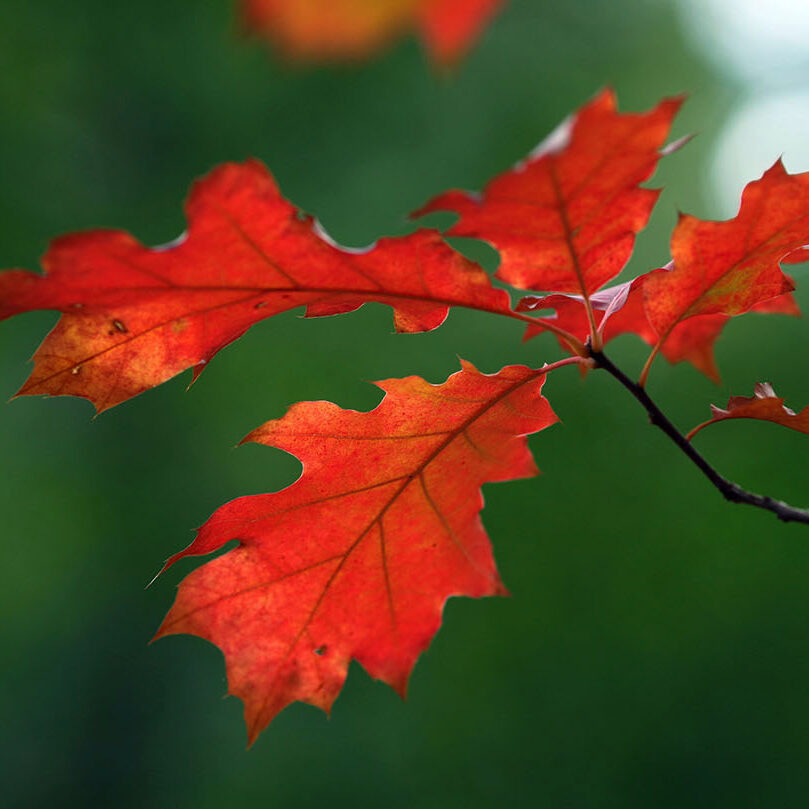
Red Oak (Quercus rubra)
Rich, well drained sandy loams and loams. Avoid planting in heavy clays or on wet sites. Provides food and cover for wildlife. Requires full sunlight. Moderate growth rate.
Download OMNR’s Red Oak Extension Note for more species information
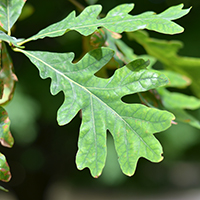
White Oak (Quercus alba)
Adaptable to a variety of soil types and moisture conditions; grows best on moist to well-drained loamy soils. Prefers full sun but will tolerate some shade. Deep, spreading root system. Acorns are an excellent source of food for wildlife.
Ontario.ca information on White Oak
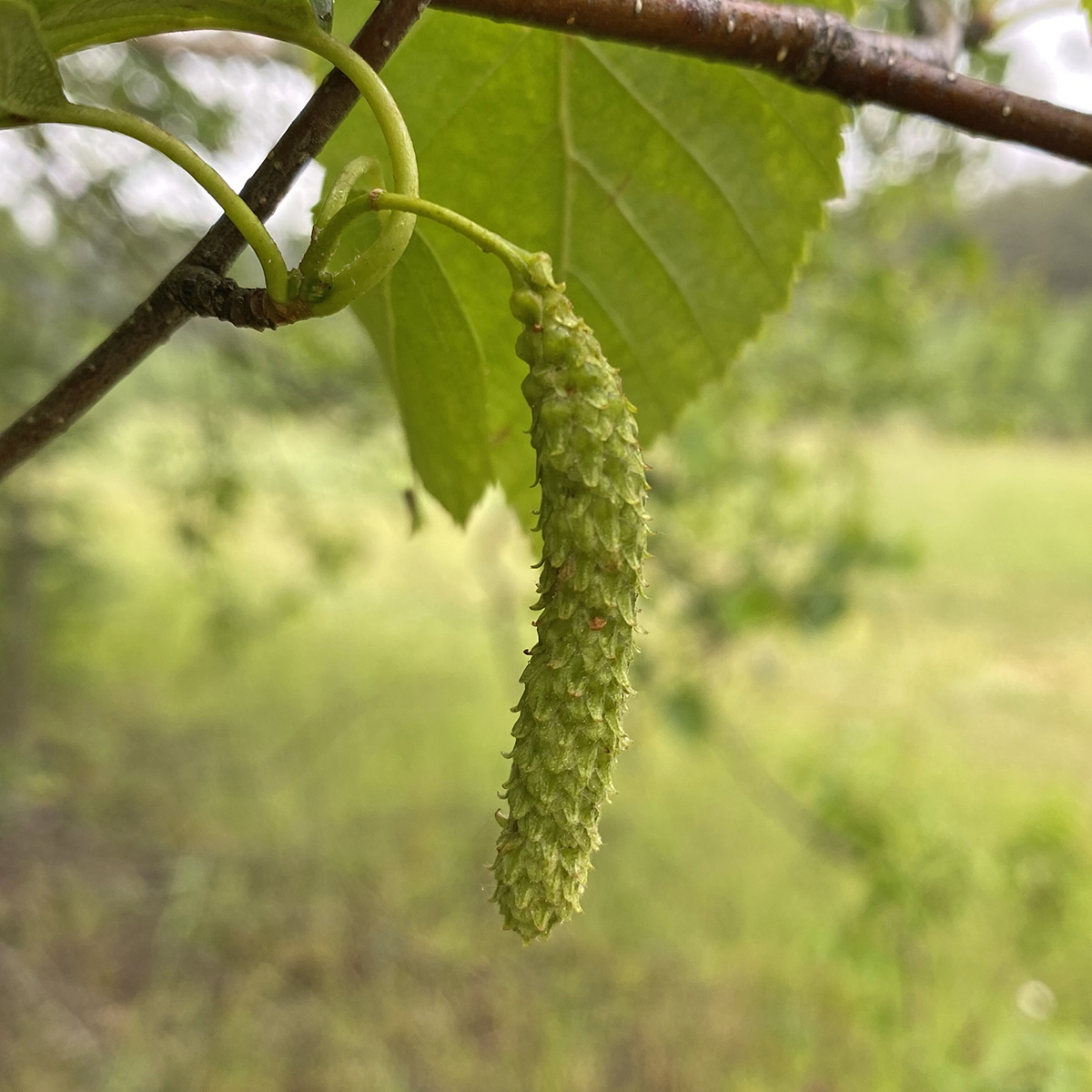
White Birch (Betula papyrifera)
White Birch (Betula papyrifera) – Fresh to moist sands, sandy loams and moderately drained soils. Requires full sunlight. Fast growing.
Ontario.ca information on White Birch
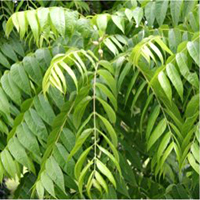
Black Walnut (Juglans nigra)
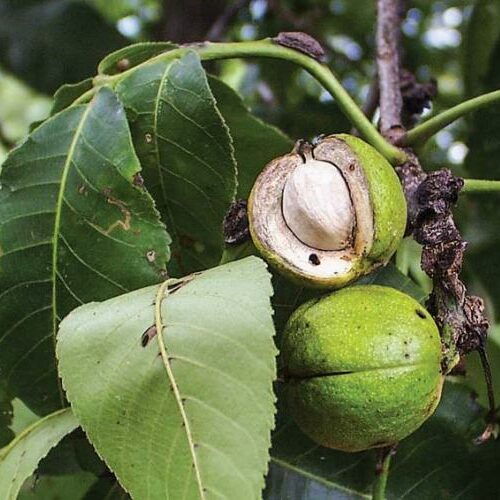
Shagbark Hickory (Carya ovata)
Shrubs
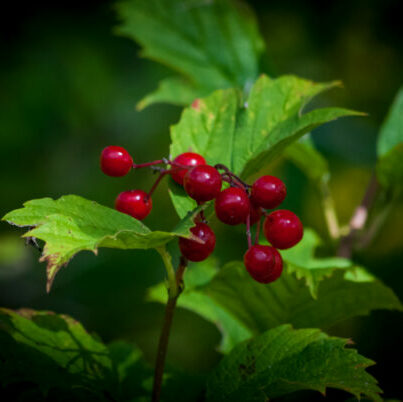
American Highbush Cranberry
Moist to very moist soils. Often grows near wetland areas or shorelines. Moderate shade tolerance. Produces fruit that is used by birds and other wildlife.
Evergreen Native Plant Database Highbush Cranberry information
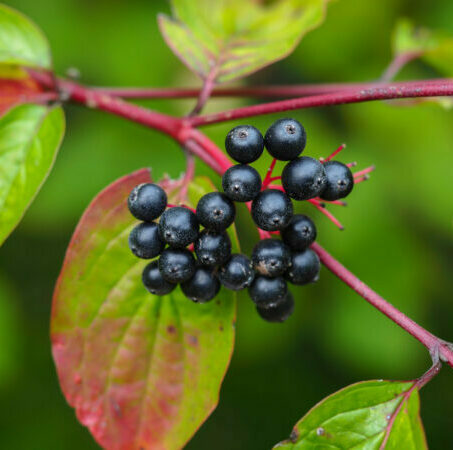
Nannyberry (Viburnum lentago)
Nannyberry (Viburnum lentago) – Moist to very moist soils. Often grows near wetland areas. Commonly planted to attract birds and other wildlife. Will tolerate some shade.
Ontario Trees & Shrubs Nannyberry information
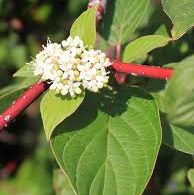
Red-osier Dogwood (Cornus stolonifera)
Moist to very moist soils. Often grows near wetland areas or along roadside ditches. Commonly planted to attract birds and other wildlife. Fast growing shrub.
Tree Planting Tips
- Handle trees with care, and plant as soon as possible, keeping roots moist until planted.
- Handle seedlings by the base of the stem, taking care not to bruise the bark.
- Plant the tree in a hole large enough to accommodate the roots spread out in a natural position.
- Do not bunch, spiral, double-over or bend roots.
- Do not bury live branches or foliage, or leave any roots exposed to air.
- Cover roots with soil and tamp soil firmly to remove air pockets.
- Spacing: trees should generally be planted 2-3 m (6-10’) apart.
- At the time of planting, only prune broken or damaged branches or roots.
- For the first year or two, after a week of hot or dry weather, water the trees well and slowly, if possible.
- Keep the area around the tree free from grass or weeds that compete for moisture.
- Fertilizer is not needed for newly planted trees
- Trees grow! Be sure to carefully check your surroundings before planting your trees. Look out for things such as telephone poles, septic beds, and other utilities.
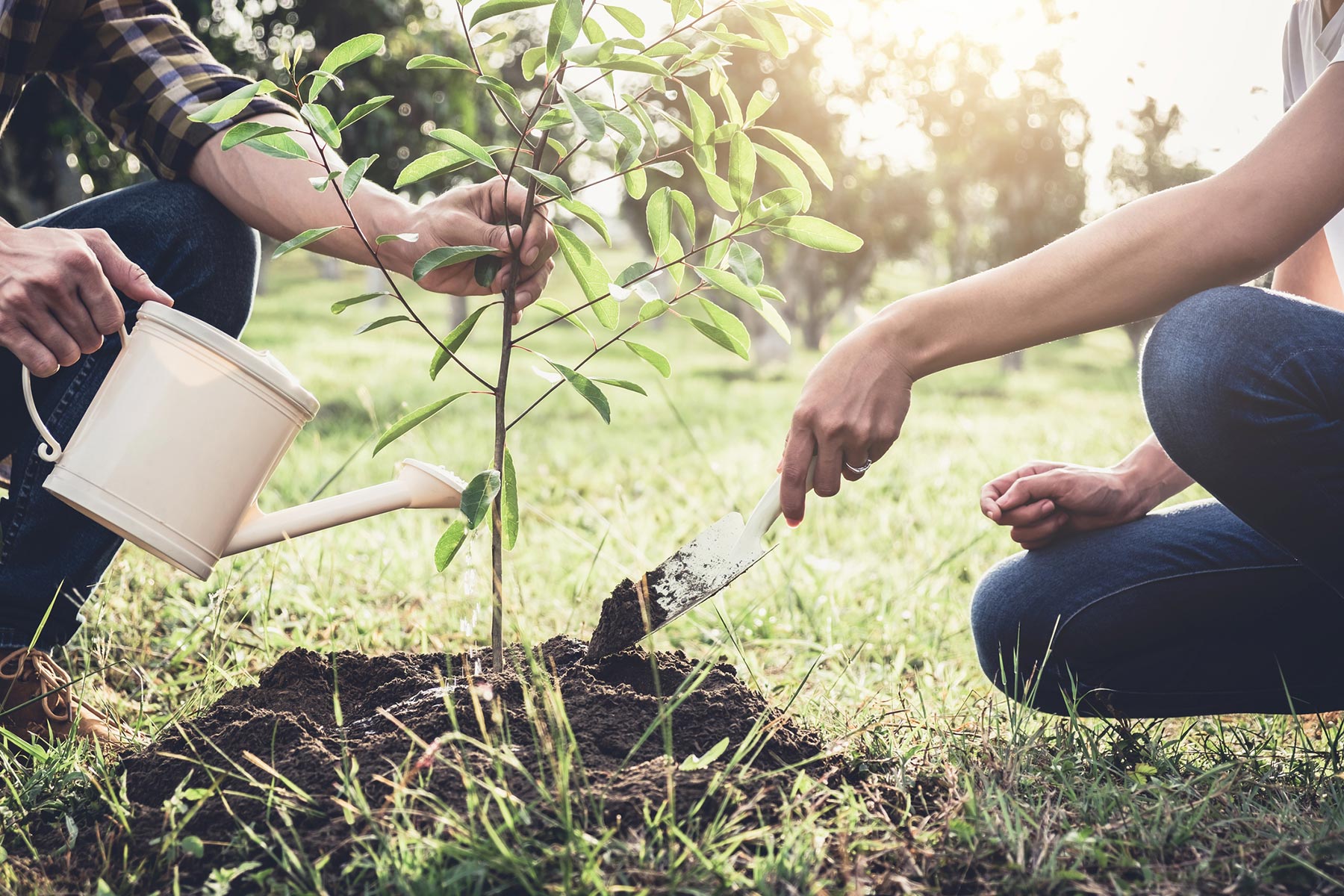
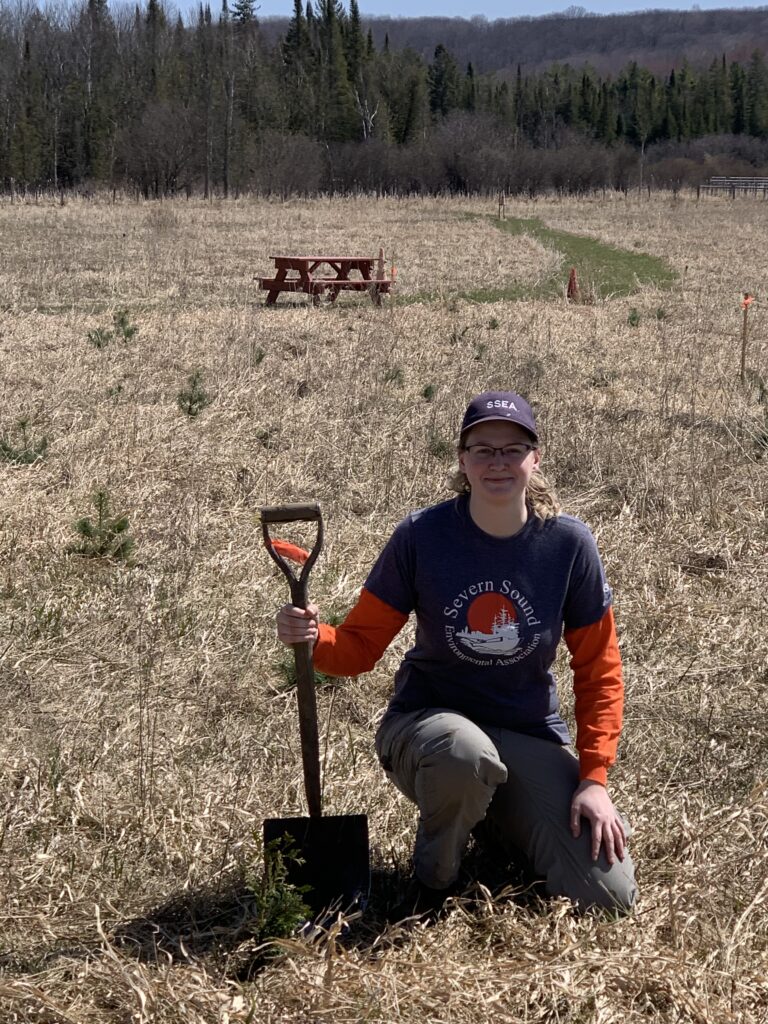
Site Preparation Information
A variety of fact sheets about trees and tree planting are available from the Ontario Ministry of Natural Resources Landowner Resource Centre:
- Planning for Tree Planting http://www.lrconline.com/Extension_Notes_English/pdf/plng_tr_plnt.pdf
- Preparing a Site for Tree Planting http://www.lrconline.com/Extension_Notes_English/pdf/clrng.pdf
- Careful Handling of Nursery Stock http://www.lrconline.com/Extension_Notes_English/pdf/crflhnd.pdf
The complete list of Forestry Extension Notes http://www.lrconline.com/Extension_Notes_English/forestry/for_index.html
Video: SSEA’s Tree Plant Program Specialist, Travis van Engelen, demonstrates how to properly plant a bareroot tree seedling. Visit Habitat Restoration Tree Planting if you are interested in ordering seedlings for your own property.

